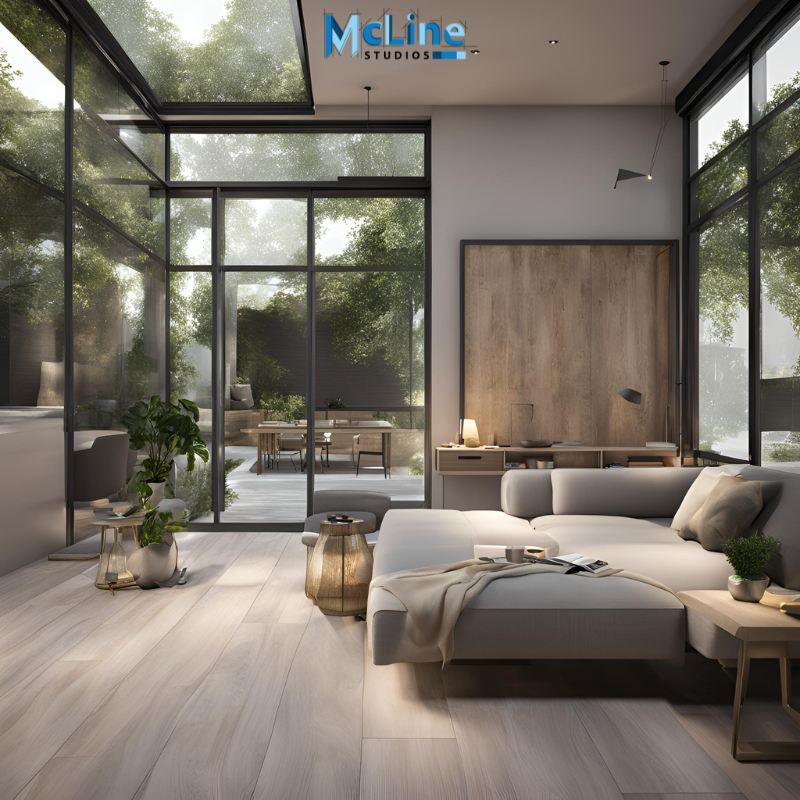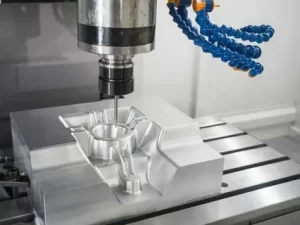In the world of modern architecture and design, visualizing the exterior of a building before it’s constructed is no longer a luxury—it’s a necessity. 3D exterior rendering has become an indispensable tool for architects, designers, and developers, offering a realistic, interactive way to showcase projects to clients, stakeholders, and potential investors.
Whether it’s for residential, commercial, or urban design, 3D exterior rendering provides a detailed representation of how a building will look in its real-world environment, factoring in elements like lighting, materials, textures, and even surrounding landscapes.
This guide explores the key concepts, benefits, and applications of 3D exterior rendering, empowering you with the knowledge to leverage this transformative technology in your design process.
What is 3D Exterior Rendering?
3D exterior rendering is the process of creating realistic digital images of a building’s exterior before it is built. These images are made using advanced computer software to visualize how the structure will look once completed. This type of rendering focuses on the outside of the building, showing details like the materials, windows, doors, landscaping, and the surrounding environment.
The primary goal of 3D exterior rendering is to give architects, designers, and clients a clear, lifelike view of the project. It allows for better decision-making by visualizing how the building will look in real life, including how it fits into its surroundings. Clients can see the colors, textures, and overall design before construction begins, helping to avoid surprises or misunderstandings later on.
3D exterior rendering is also useful for marketing purposes. Real estate developers use it to showcase buildings to potential buyers or investors, offering a high-quality image of the finished product. It’s especially helpful for projects that are still in the planning phase.
In addition to its practical uses, 3D exterior rendering helps to speed up the design process. It allows teams to experiment with different design options and make changes quickly, without the need for costly physical models. Whether for design evaluation or marketing, 3D exterior rendering is a valuable tool in modern construction and design.
Benefits of 3D Exterior Rendering
3D exterior rendering is a powerful tool that helps architects, designers, and clients visualize a building’s exterior before it’s even built. One of the main benefits of 3D exterior rendering is that it brings design ideas to life, allowing for a realistic view of the building’s layout, materials, and how it will look in its surrounding environment. This is especially useful for understanding how a building will blend with its neighborhood or landscape.
Another key benefit is the ability to make design changes quickly. Instead of relying on traditional blueprints or static images, 3D renderings allow for easy updates, letting clients see how different colors, textures, or elements will look in real-time. This makes decision-making much faster and clearer.
3D exterior rendering also enhances communication between designers, clients, and contractors. It eliminates misunderstandings that can occur with two-dimensional drawings, ensuring everyone is on the same page. Clients can give more precise feedback, and contractors can better understand the design before construction begins.
Additionally, 3D renderings help in marketing and presentations. Whether you’re showcasing a new development or a home renovation project, high-quality 3D images can impress potential buyers or investors, making the design easier to sell.
In summary, 3D exterior rendering offers clearer visualization, faster decision-making, better communication, and improved marketing, making it a valuable tool in the design and construction process.
Key Elements of High-Quality 3D Exterior Renderings
Creating high-quality 3D exterior renderings requires attention to several key elements that bring a design to life. Here are the most important factors:
- Realistic Lighting: Lighting is one of the most crucial aspects of a 3D rendering. It helps set the mood and makes the scene look natural. The right combination of sunlight, shadows, and artificial lighting can highlight details and create depth.
- Detailed Textures: Textures, such as brick, wood, glass, or concrete, should be realistic and detailed. These materials must match the ones used in the actual design to create an accurate representation.
- Accurate Proportions: The scale and proportions of buildings and surrounding objects must be correct. This ensures the rendering looks believable and closely mirrors the real-world environment.
- Realistic Landscaping: Trees, plants, lawns, and other landscaping features should be included to make the scene feel complete. These elements add life and context to the design.
- Perspective and Composition: The right camera angle is essential to showcase the design effectively. A well-composed shot that highlights the building’s best features helps viewers appreciate the full scope of the project.
- Post-Processing: After rendering, adjustments in post-production like color correction, adding reflections, and enhancing details can make the image appear even more polished.
By focusing on these elements, 3D exterior renderings can provide a realistic, visually appealing view of any architectural design.
Future Trends in 3D Exterior Rendering
As technology advances, the future of 3D exterior rendering looks even more exciting. One major trend is the integration of artificial intelligence (AI) to create more realistic and accurate renderings. AI can analyze design elements and automatically adjust lighting, textures, and materials to match real-world environments, making exterior renderings more lifelike and efficient.
Another trend is the use of virtual reality (VR) and augmented reality (AR). These technologies allow clients and designers to experience exterior designs in immersive 3D environments. With VR, users can walk around a virtual building, while AR lets them overlay designs onto real-world settings through a smartphone or tablet. This helps in better decision-making and visualizing the design in the actual context.
Real-time rendering is also becoming more common. With real-time technology, changes made to a design can be seen instantly, saving time and making the design process smoother. This is especially useful in collaborative settings where multiple stakeholders need to see the progress of a project.
Lastly, sustainability is a growing focus in exterior design. 3D rendering tools now allow designers to simulate energy efficiency and environmental impact, helping to create greener buildings. These tools can show how natural light interacts with the building, or how different materials affect energy consumption.
As these trends continue to develop, 3D exterior rendering will play an even more crucial role in shaping the future of architecture and design.
Conclusion
3D exterior rendering has revolutionized the way architects, designers, and developers visualize and present building projects. From providing realistic, interactive views of a structure’s exterior to enhancing communication and speeding up the design process, this technology offers numerous benefits. It allows for better decision-making, eliminates misunderstandings, and empowers stakeholders to make informed choices before construction even begins.
As technology continues to evolve, trends like artificial intelligence, virtual and augmented reality, real-time rendering, and sustainability-focused simulations are shaping the future of 3D exterior rendering. These innovations will not only improve the accuracy and efficiency of renderings but also pave the way for more immersive and environmentally conscious design solutions.
By integrating 3D exterior rendering into the design process, you can enhance your ability to visualize, present, and refine your architectural ideas, ultimately leading to a more successful project. Whether you’re a designer, developer, or client, this tool is indispensable for bringing your vision to life and ensuring your designs are both functional and visually striking.






